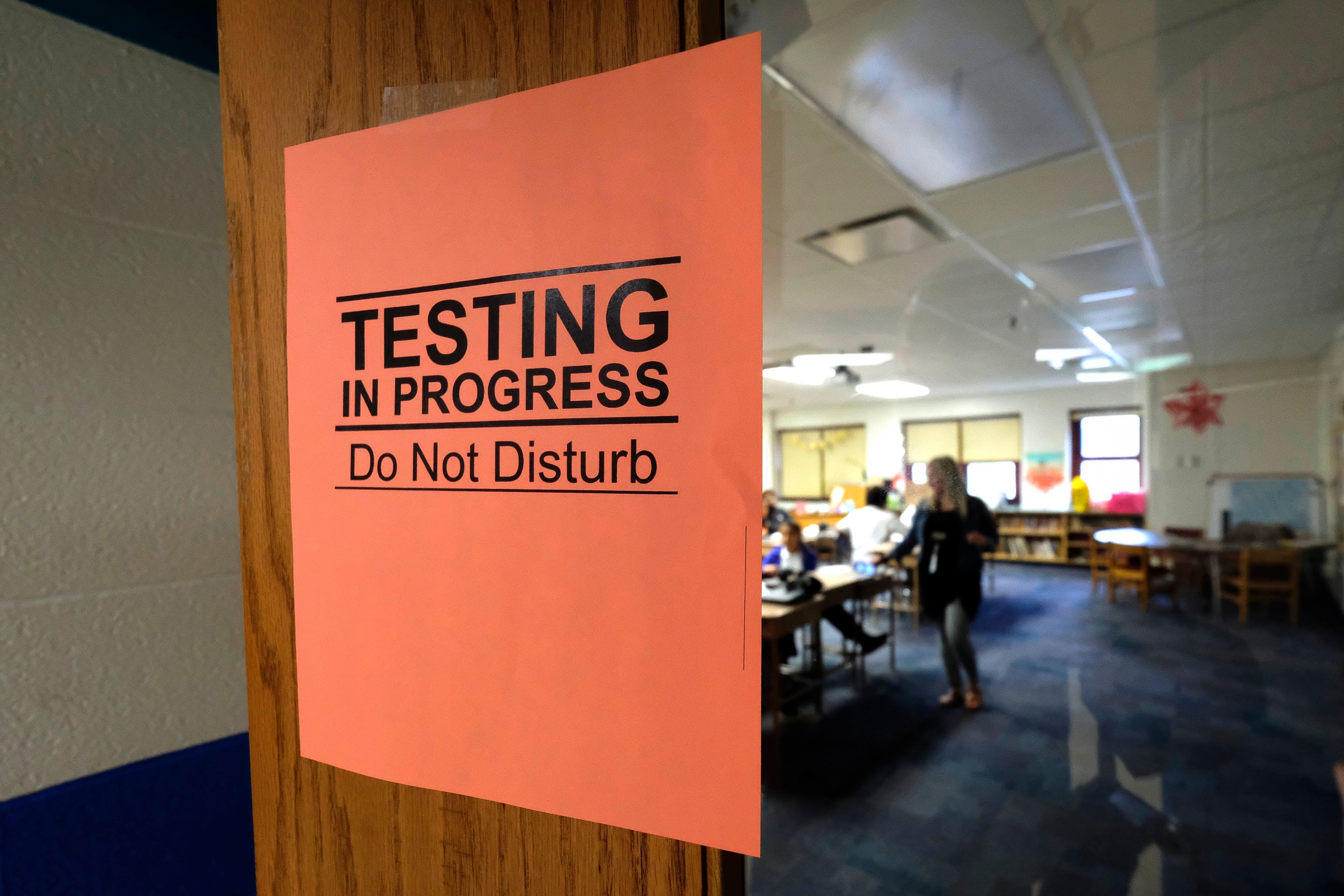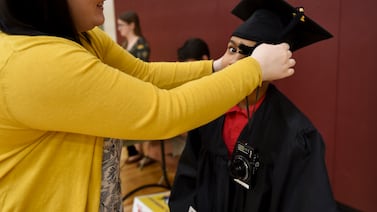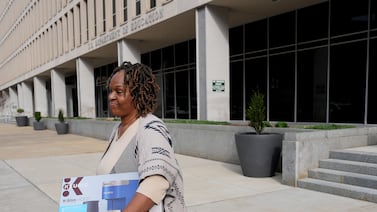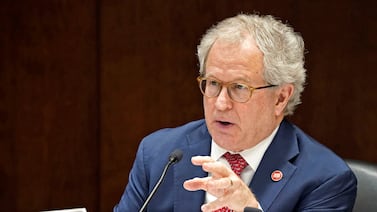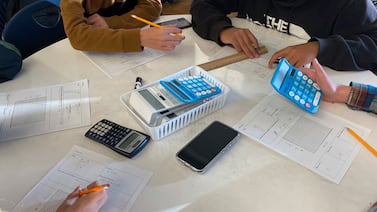New York City officials released state test scores on Wednesday, offering the first glimpse of how the pandemic affected student learning.
Compared with 2019, the last time tests were administered normally, reading proficiency among students in grades 3-8 ticked up 1.6 percentage points to 49%. But math scores plunged 7.6 percentage points, with just shy of 38% of students passing the exam. (Here’s Chalkbeat’s detailed story on those scores.)
But those overall numbers mask important variations from school to school, which often vary in predictable ways. A relatively large swath of city schools admit students based on their prior academic performance, often leading to high test scores, while schools that serve larger shares of low-income students are more likely to post lower scores.
How did your school fare this year? Use our searchable database below to see your school’s math and reading scores.
Alex Zimmerman is a reporter for Chalkbeat New York, covering NYC public schools. Contact Alex at azimmerman@chalkbeat.org.

